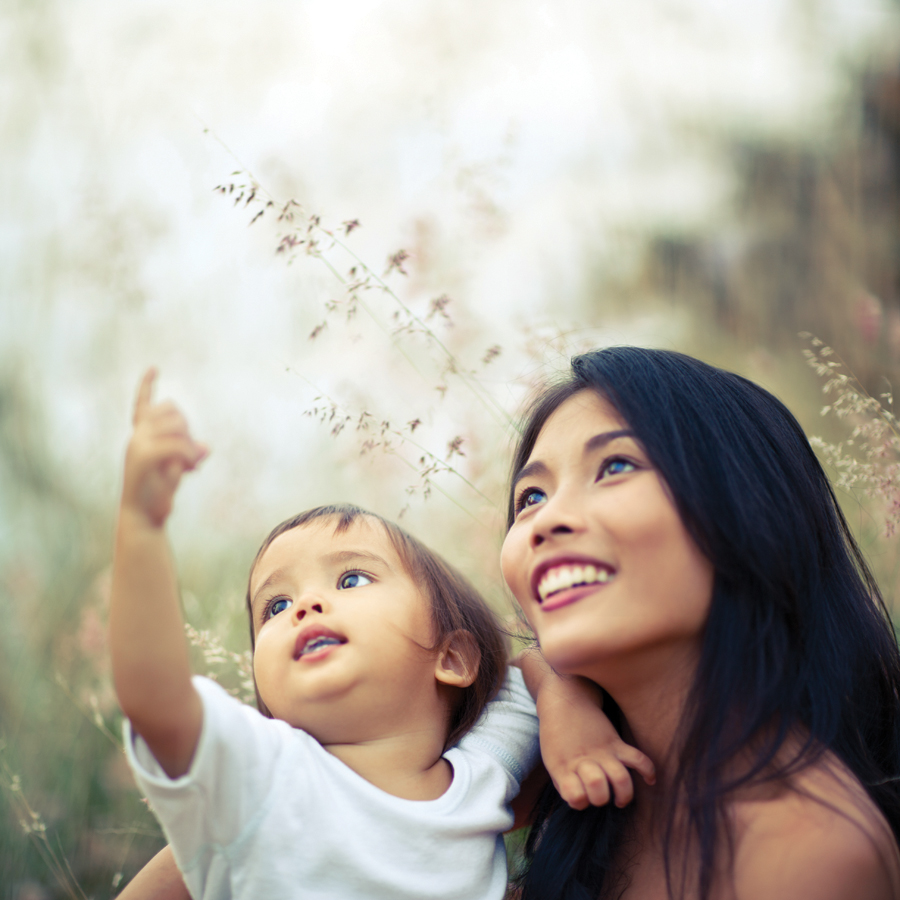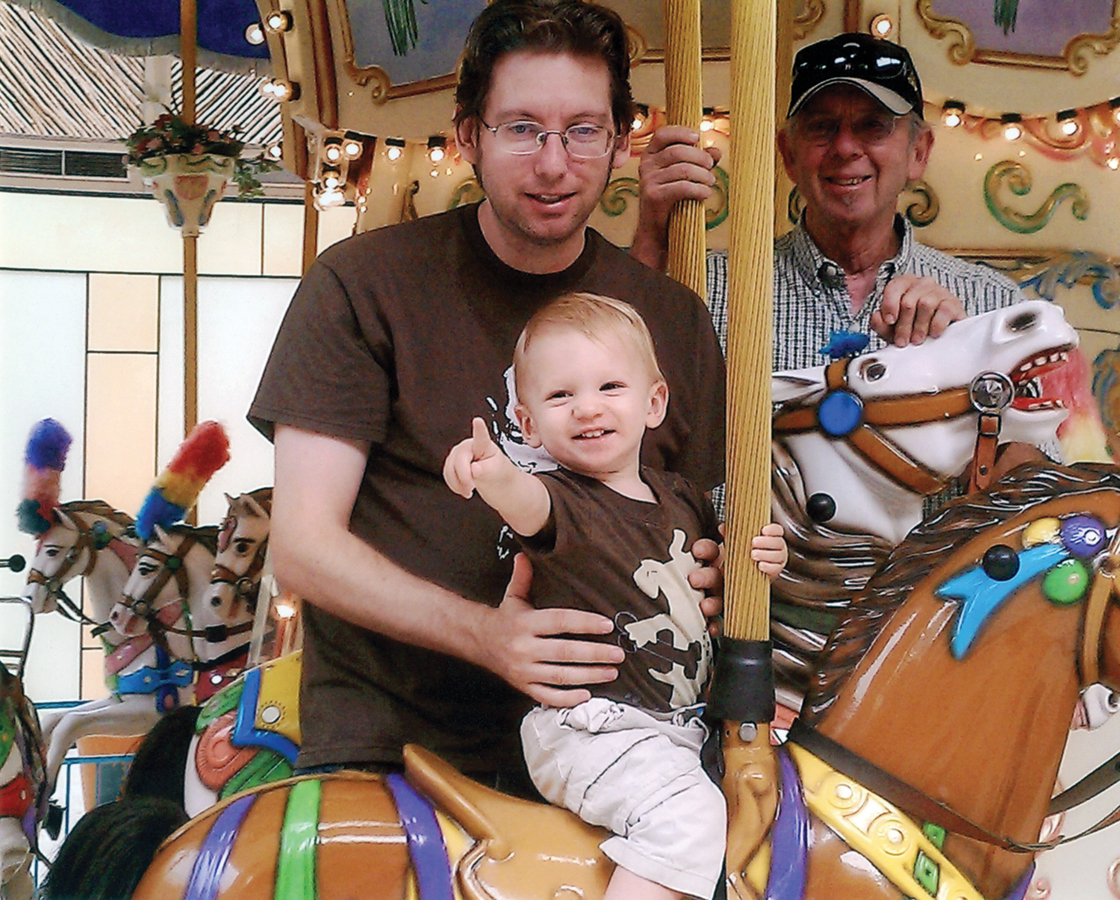136
| THE FIRST TWO YEARS: |
| Psychosocial Development |

|

|
CHAPTER OUTLINE
Emotional Development
Early Emotions
Toddlers’ Emotions
Brain and Emotions
Growth of the Brain
Temperament
A VIEW FROM SCIENCE: Linking Temperament and Parenting—
The Development of Social Bonds
Synchrony
Attachment
Insecure Attachment and Social Setting
Social Referencing
Fathers as Social Partners
Theories of Infant Psychosocial Development
Psychoanalytic Theory
Learning Theory
Cognitive Theory
OPPOSING PERSPECTIVES: Proximal and Distal Parenting
Systems Theory
Humanism
Evolutionary Theory
Non-
137
WHAT WILL YOU KNOW?
- How do smiles, tears, anger, and fear change from birth to age 2?
- Does a baby’s temperament predict lifelong personality?
- What are the signs of a healthy parent–
infant relationship? - Do the six major theories and the hundreds of human cultures differ in their understanding of infant development and caregiving practices?
My 1-
“Give him a pacifier,” I told her.
“No, that causes ‘nipple confusion,’” she said.
“I never heard of that. What have you been reading? Give him a pacifier.”
My daughter knows that I value research and evidence, not hearsay or anecdote. She replied, “The American Academy of Pediatrics says no pacifiers for breastfed babies in the first month. Here it is on their website.”
That quieted me, but soon I developed another worry—
“It seems to me that you do most of the baby-
“That’s because Elissa does most of the breastfeeding,” he answered with a smile.
I learned in those months. In the decades since my children were infants, pediatricians have new recommendations and fathers are more active partners. 
—Kathleen Berger

138
THIS CHAPTER OPENS BY TRACING INFANTS’ EMOTIONS As their brains mature and their experiences accumulate, noting temperamental and cultural differences. This leads to an exploration of caregiver–
Then we apply each of the six theories introduced in Chapter 1. After the theories are explained, we apply them to a controversial topic in infant psychosocial development: Who should provide daily care?
Many specifics vary depending on culture and cohort, but some universal psychosocial needs are apparent. With or without pacifiers or patient parents, most infants thrive, as long as their basic emotional needs are met.